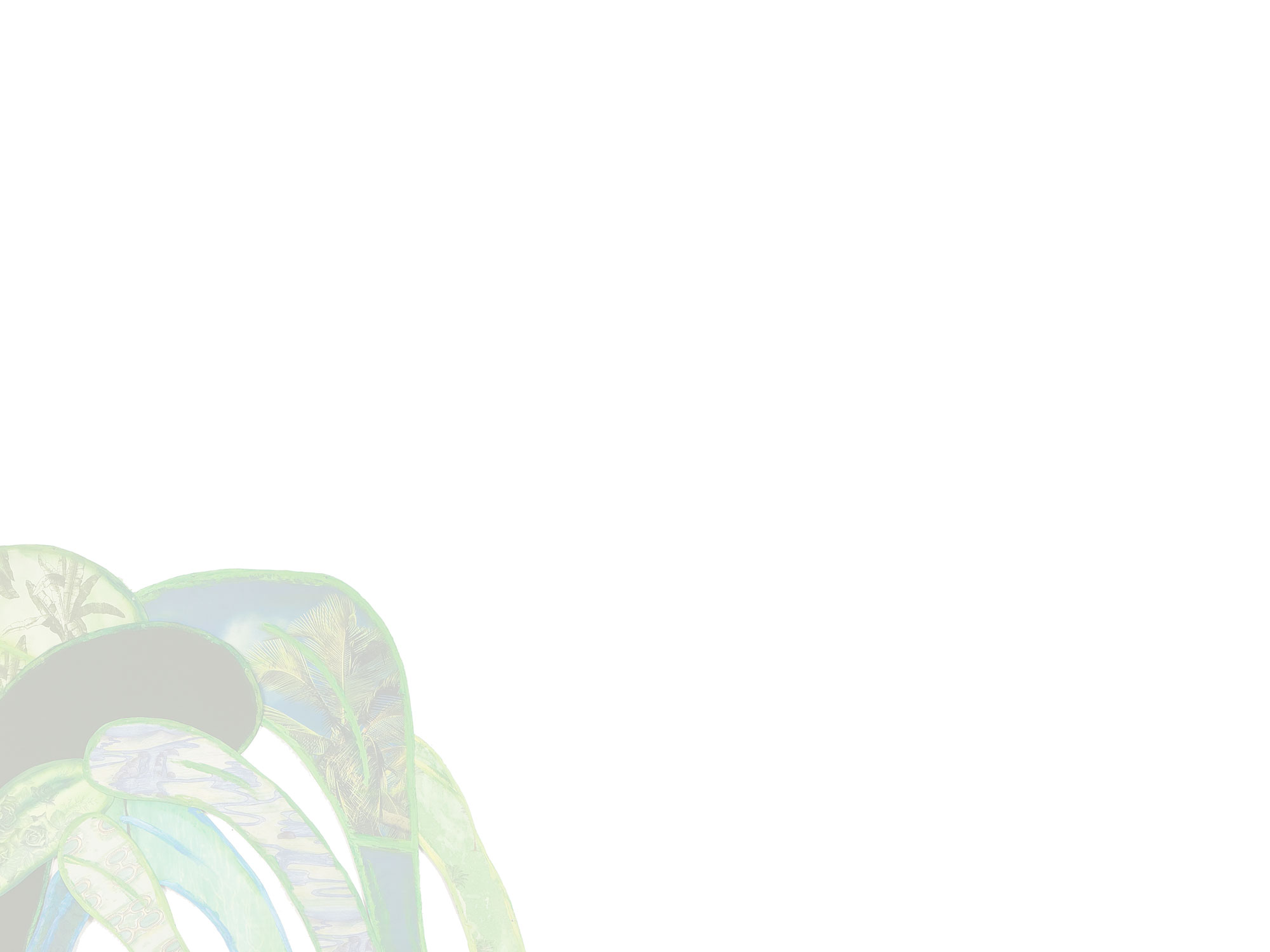Beauty and the beast and the desire in the world
01/01/2017
The Caribbean Sea is beautiful, nobody can deny it. Even if you`ve never been there- and the
vast majority of us never have and never will go- you can still see it in photos and videos. The
blue, the bright blue… or even better, the three horizontal bands of color, of white sand, of the
greenish blue of the water in contrast with the intense blue of the sunny sky, the silhouette
of the palm trees bending over the ocean. The water`s transparency seems to stand out as
a fundamental part the overall composition. In the whole scene the transparency seems
to suggest the possibility of an especially light and comfortable existence, in a warm and
welcoming world. A sense of belonging to the planet, common among surfers, hints at paradise
on earth besides the common association that relates the state of happiness to direct
contact with nature. Among the reasons that contribute to the enhancement of the image
of the Caribbean Sea being undeniably beautiful is its unreal character, if we think from the
point of view of the way most people live. Since the middle of the 19th century, populations
have gathered in big urban centers, living in restricted spaces, deprived of any chance to
see the horizon or even to see the sky except through narrow strips between the buildings.
This contrast of realities most certainly favors a positive association which is reinforced by
the landscape`s exotic quality.
It`s interesting to think about at what moment and in what circumstance of existence in our
childhood or youth beauty is upon us, and we see it for the first time in a specific experience,
and we are thus touched by desire. Once we are captured, we become eternal hostages to
the vision that aroused the desire. This happens to occupy a special place in our memory,
driving all sorts of actions attempting to reproduce the experience. What is it in the sign of
beauty that so strongly awakens desire, that puts us in a trance, a special hypnosis, and
keeps constantly attracting our attention? In addition to the image of the transparent blue
sea, there could also be people, the face of a loved one, multiple elements of nature, or even
melodies. As with images, sound can reach a high level of enchantment. Still, countless
other contexts, including narratives, stories, or even vague spiritual states can create the
experience of beauty. Often the complexity of the event is effected because we are absorbed
by everyday tasks, unprepared for the future, when we are suddenly captured by beauty.
Unexpected experience adds an element of exaltation to the experience, in the promotion
of a glorified instant, of a sublime moment with the power to remove us from the banality of
daily stress, in a giddy elevation to a special state, a sui generis condition. A state of consciousness
amplified by the clear notion that something beyond rationality actually exists, a
kind of proof of the mystery.
The components necessary for the ignition of beauty are certainly inside each person,
related to their personal history and culture. Nowadays, what is beautiful to some is not for
others, no longer being a key concept, as valid for eighteenth century theorists. Some of the
more powerful signs like the full moon or sunset could serve as a notion of prevailing beauty,
while any more serious attempt at unifying tastes tends to fail. Many interesting things become
beautiful and many beautiful things become strange in their claim of universality, as for
example: the beautiful person. The media`s beauty standard in the last decades is worn out
and the classification of beauty today abandons the naïve notion of model. There is no longer
a model to follow, context is what matters. The political and cultural context have never
before achieved such importance, and it seems natural once you consider the irreversibility
of access to different cultures spread out across the world. Beauty now is informed. The
ugly is as well, almost everything that has been considered ugly can now be equally beautiful,
depending on what angle you choose to look from.
The concept of ugly, as well as that of beauty, currently suffers violent alterations depending
on the context. For example we associate the notion of wrong with the ugliness of injustice.
The ugly, much more than an ugly image, seems to be related to bad feelings, ethical values
and morals, and can also be the tedious, the nauseating, like a form of visual punishment of
something that never changes and repeats eternally.
. . .
To be an artist is to concentrate energies and organize them around a singular intention,
linked to creation. To make choices to refine this intention is the basic challenge of the
course, to define what is to be done and how to do it. To select and abandon, to leave behind
what doesn`t interest us and venture betting on a personal vision of the world and of existence.
To deal with desire in general- your own and everyone`s- is to deal with the world`s
appetite, a pulsating and inexorable urge for change, continuing transformation to obtain
satisfaction, delight, a dream, a prize, achievement, redemption, or whatever it may be.
In a supposed momentary attribution of special powers to the artist, we must consider that
he can all at once see two distinct worlds. Taking a look at the real world, as it is, adding it
to another second world and imagined in his way. So through this double vision the artist
becomes able to anticipate his own collection of future possibilities, projecting unpublished
images of his own universe in his creations. Future possibilities, in which desires and realities
are mixed, beauty and ugliness get confused and transformed, oscillating in favor of an
effective renewal of the real.

